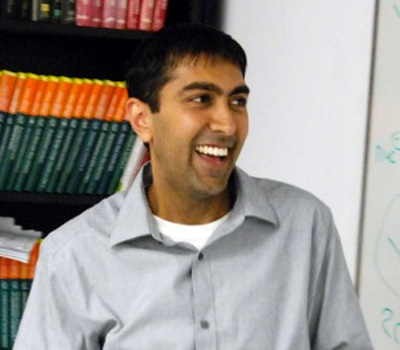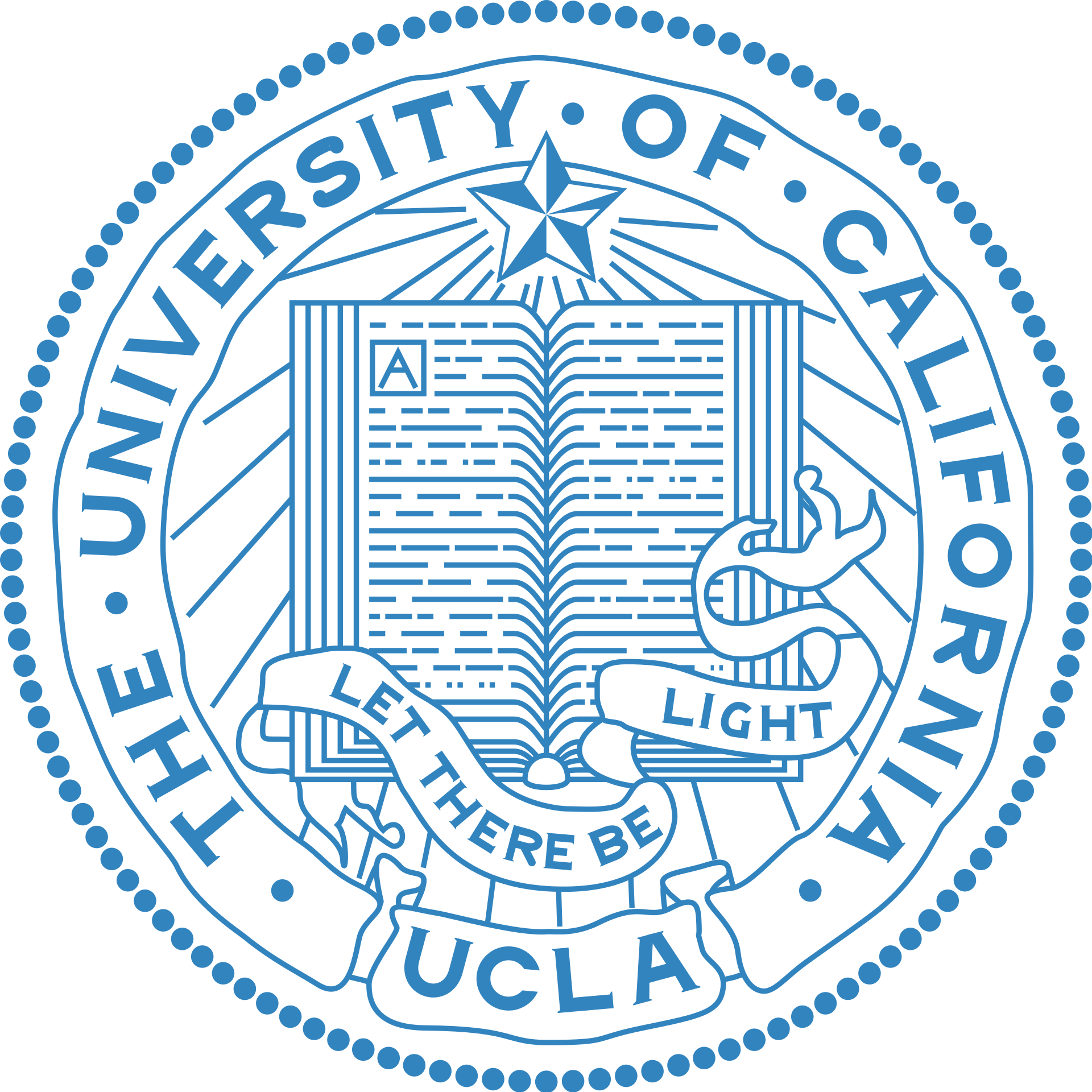Synthesizing new compounds with biological activity to improve human health
The overwhelming majority of drugs on the market are purely synthetic, meaning they are made by the powers of organic chemistry. Molecules found naturally can seldom be used as drugs for humans because of side effects, although they often provide the inspiration for the discovery of new medicines. Dr. Neil Garg, of the University of California, Los Angeles, makes natural products and adjusts them to create molecules that may be promising leads for the development of important drugs. While a molecule found in nature might do something useful, like fight cancer, it may also be toxic for human use. By figuring out how to make the molecules and related ones in the lab, researchers can come closer to the goal of discovering new bioactive molecules that might benefit humanity.
More generally, Dr. Garg focuses his research efforts on the discovery of new chemical reactions, the understanding of how organic molecules react, and the chemical synthesis of biologically important molecules that may ultimately benefit human health. Dr. Garg describes his group of 15-20 researchers as being nothing short of remarkable. His graduate students come from all over the U.S. and many have highly competitive fellowships and are considered some of the most talented chemists in the country. Dr. Garg and his team draw inspiration from molecules found in nature that may be useful for human health. His graduate students and postdocs then learn to make the natural compounds and create derivatives that may enhance their effect and decrease harmful side-effects for patients taking them. Ideally, Dr. Garg and his team will patent any new medicines they create and the drug will then be manufactured in order to help patients. With more funding, Dr. Garg will have the opportunity to make more bioactive compounds and also dive deeper into molecules specific to fighting cancer.
Current research includes:
-
Developing New Reactions: Dr. Garg and his team develop new chemical reactions that others might use to make a given drug. Therefore, his research has an impact on the research of many other scientists seeking to find drugs that will help promote human health. For example, Dr. Garg and his team use nickel metal catalysts to build carbon-carbon and carbon-nitrogen bonds (commonly seen in drugs). Nickel is relatively cheap and is therefore thought to be very useful. Dr. Garg also develops 'green' chemistry to minimize any harm done to the environment.
-
Developing Molecules: Dr. Garg develops molecules to make compounds with promising bioactivity, especially to fight 'drug resistant' cancer cells. In a 1-2 year period, he and his team could discover about 20-30 new molecules and have them evaluated for anti-cancer activity.
-
Education: Dr. Garg is currently developing tools to promote science education. One such tool, called BACON (Biology And Chemistry Online Notes), relates chemistry, biology, and pop culture. Dr. Garg hopes to make this tool accessible to anyone in the world for free. In addition to BACON, Dr. Garg explains that for him, teaching is a hobby. On a recent list rating classes at University of California, Los Angeles, Dr. Garg's was rated #2 (ahead of actor James Franco!) suggesting that his engaging teaching style inspires many students of diverse backgrounds to take an interest in science. As a mentor, Dr. Garg provides outstanding training to graduate students who will one day be future employees of the pharmaceutical industry.
Bio
Dr. Garg received a B.S. in Chemistry from New York University where he did undergraduate research with Professor Marc Walters. During his undergraduate years, he spent several months in Strasbourg, France while conducting research with Professor Mir Wais Hosseini at Universite Louis Pasteur as an NSF REU Fellow. Dr. Garg obtained his Ph.D. in 2005 from the California Institute of Technology under the direction of Professor Brian Stoltz. He then joined Professor Larry Overman's research laboratory at the University of California, Irvine as an NIH Postdoctoral Scholar. Garg joined the faculty at UCLA in 2007. In 2012, he was promoted to Associate Professor and began serving as Vice Chair for the Department of Chemistry and Biochemistry. In 2013, he was promoted to Full Professor.
In college, Dr. Garg enjoyed his chemistry courses and joined a research group as a freshman. In turn, he really enjoyed that experience and eventually opted to pursue graduate studies in organic chemistry. What Dr. Garg most enjoyed was the problem solving aspect of organic chemistry and the critical thinking skills it required. He was also excited by the notion of what one could do with organic chemistry: make molecules in a very controlled and defined way in order to control the biological activity of the molecule. Now as a Professor, he is incredibly dedicated to his students. He and his family live on campus and he takes the responsibility of "Faculty-in-Residence" incredibly seriously through continued engagement with his students. Apart from instilling a love of learning in his students, Dr. Garg also enjoys spending time with his two daughters and wife including activities like hiking and barbecuing. His love of Star Wars is self evident when you walk into his office because of the R2D2 robot that roams his floors. Students find themselves visiting quite frequently however because he fills his classes with relevant and exciting topics. For example, Dr. Garg's students have made chemistry music videos (http://www.chem.ucla.edu/dept/Faculty/garg/Garg_Group/MusicVideo.html), and participate in his Breaking Bad freshmen seminar where he unites pop culture to chemistry and medicine. One of Garg's classes was featured in LA Weekly as being amongst the best in the city of Los Angeles. When asked for a fun fact about his childhood, Dr. Garg chuckled recalling some of his first jobs which included working at Blockbuster video, selling Cutco knives, and being the official dog counter for the census in his hometown where he received a dollar for each dog counted.
Website: http://www.chem.ucla.edu/dept/Faculty/garg/Garg_Group/Home.html
In the News
Publications
Awards
Arthur C. Cope Scholar Award, 2015
UCLA Distinguished Teaching Award & Eby Award for the Art of Teaching, 2014
Camille Dreyfus Teacher-Scholar Award, 2013
7 awards from major pharmaceutical companies, 2009- 2014
Lilly, Amgen, AstraZeneca, Bristol-Myers Squibb, Roche


